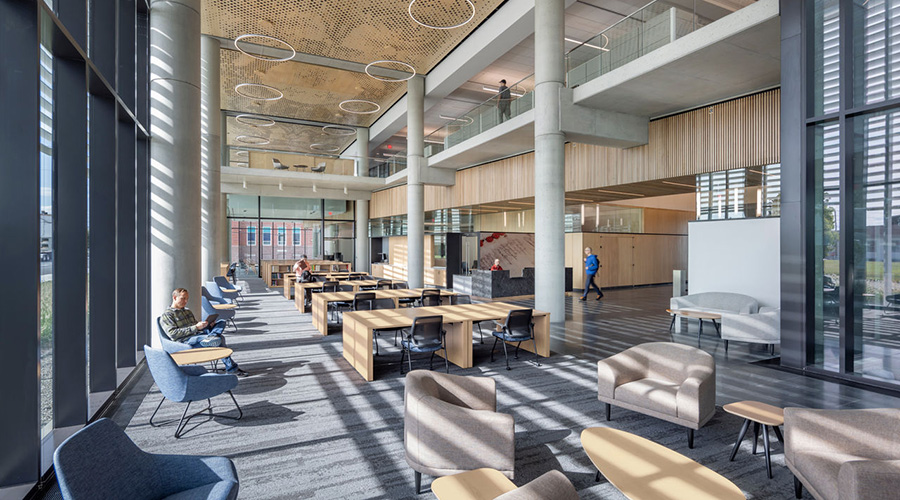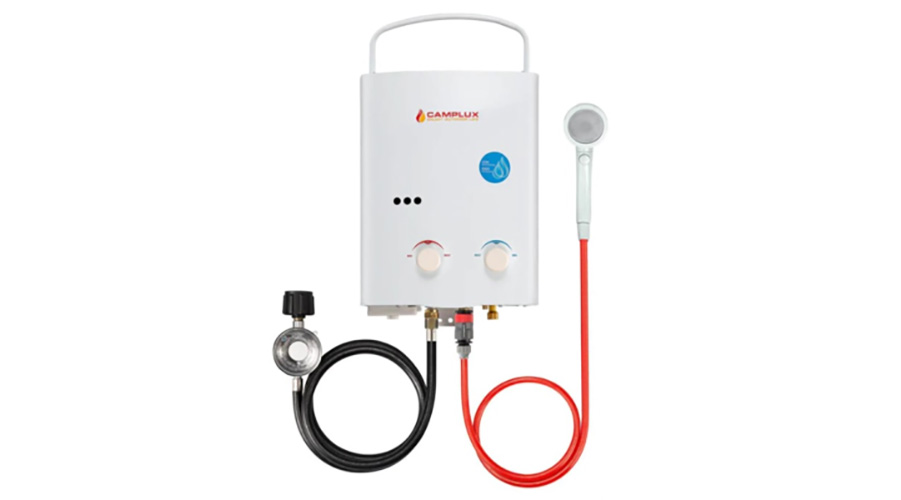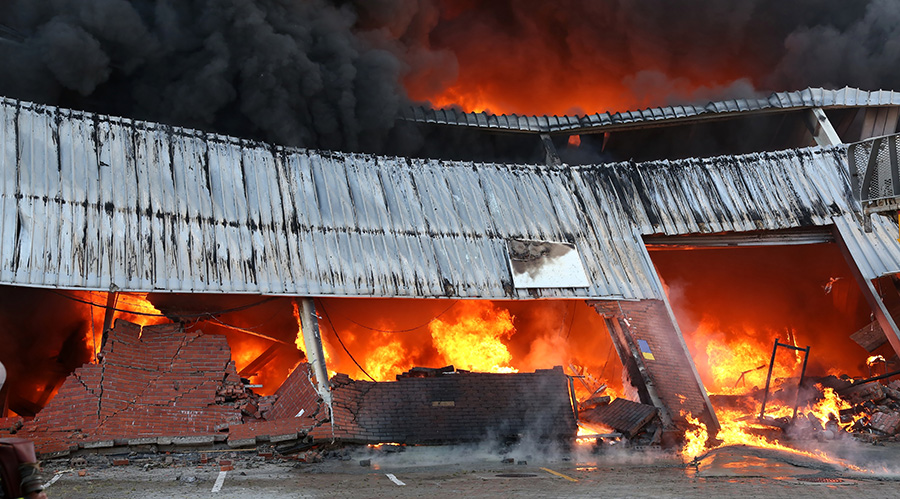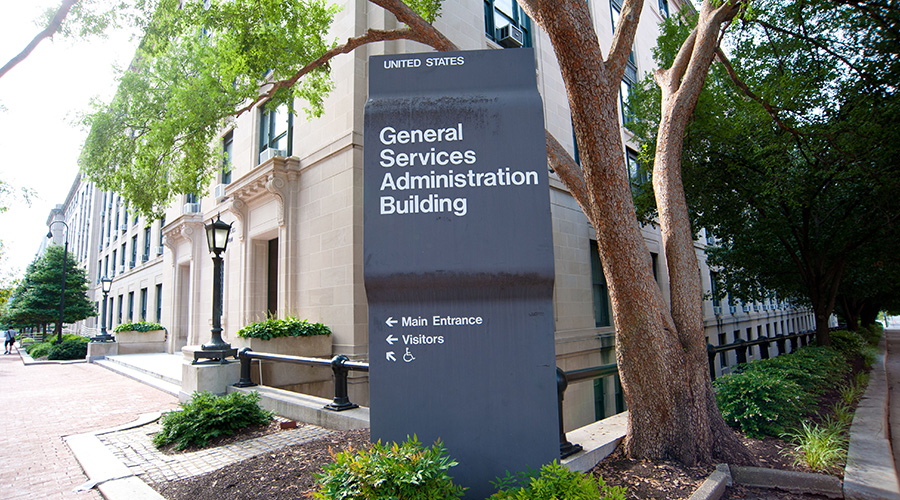
Thunderstorms: How Facility Managers Can Prevent Potential Damage
Proactive maintenance, emergency planning and weather forecasting are key aspects to severe thunderstorm preparation. March 15, 2024
By Jeff Wardon, Jr., Assistant Editor
Thunderstorms are an expected part of the spring and summer seasons; however, they can turn severe under the right conditions. When that happens, facility managers must be ready to protect their buildings and weather the storm.
One way to begin prepping is by performing proactive maintenance on building structures and infrastructure to mitigate any possible storm-related risks. A key area this benefits is any potential water leaks caused by thunderstorms, says Chuck Miccolis, managing director of commercial lines at IBHS.
Doing proactive maintenance will reduce the potential for any type of water leaks that can come in through the roof cover, walls or windows, says Miccolis. These leaks will cause those building components to have to be replaced much sooner than intended. Simple water leaks can even destroy the structural integrity of a building by damaging steel, the interior cavities of walls, the windows and the building insulation. It can also lead to mold growth within the building.
“Having preventative maintenance will really go a long way in helping these components last a lot longer,” says Miccolis. “It will also increase the service life of the building. So, not just in the short term but in the long-term, the lifetime of that building can really be extended.”
In addition, any type of leak can cause the roof cover to deteriorate much more rapidly, thus making it weaker against the high winds of a thunderstorm, says Miccolis. Over time, this fatigue can create serious failures in the roof cover systems. Eventually, this can impact the wall systems as well, as water can get inside them.
Another water-related area of concern is flooding. If a facility is in a flood zone, managers must ensure there is no water infiltrating their buildings. Facility managers also must be aware of the potential heights of flood water, says Miccolis.
“Any of the kind of damages that I have been talking about, water can cause damage to expensive equipment in the building itself,” says Miccolis. “This would also cause disruption of operations and service, so we are very strong proponents of having a thorough maintenance, inspection and testing program.”
Emergency response plan
Having a plan for when those disruptions happen is a must. What facility managers need to have in place for these times is a severe weather emergency response and recovery plan, says Miccolis.
“One of the key things about having a good plan is you need to socialize it,” says Miccolis. “You do not want it to be in a manual and in a drawer that nobody knows about – so it needs to be socialized. It needs updates and should include designated personnel with specific duties and responsibilities and have a backup for them in case they are going to be out sick or something.”
Then staff also need to be exercising the plan, which can be done through tabletop exercises or actual drills, Miccolis says. Another key aspect is to have someone monitor the weather via radio so they can receive alerts.
In a similar vein, weather forecasting can be used by facility managers as well, Miccolis says. With the improved forecasting, facility managers can better understand the risks that are either coming or are currently happening. However, for it to be effective, facility managers need to have their preparations ready to go ahead of time.
“You want to make sure that you address all the vulnerable areas of your building,” says Miccolis. “You also want to make sure if damages do occur, have those damages be more manageable. For example, a little piece of siding or that that comes off as opposed to having catastrophic damage like a roof cover failing in. So, you need to have a plan in place even if even if there is better forecasting.”
Jeff Wardon, Jr. is the assistant editor for the facilities market.
Next
Read next on FacilitiesNet












